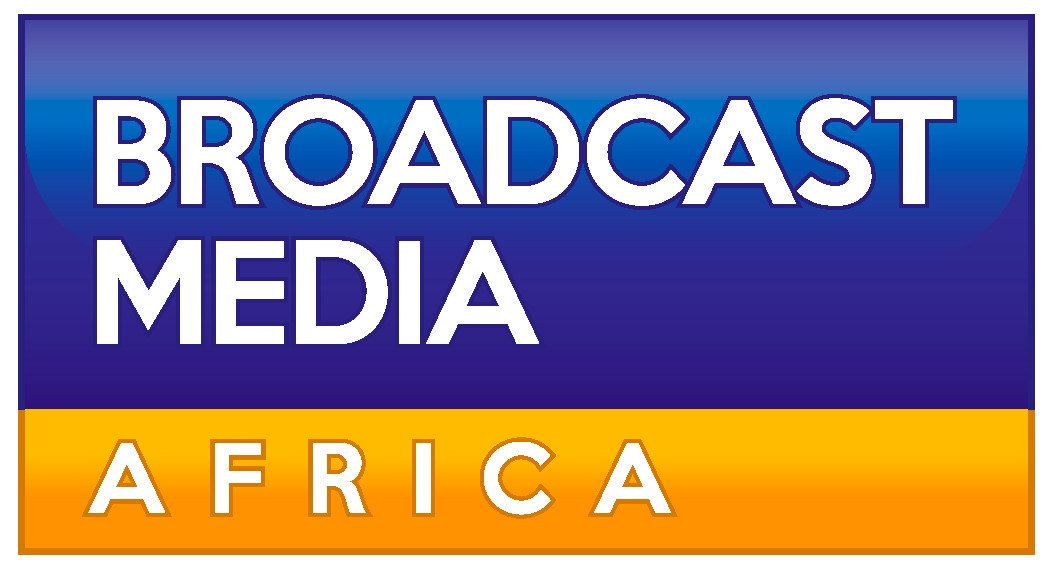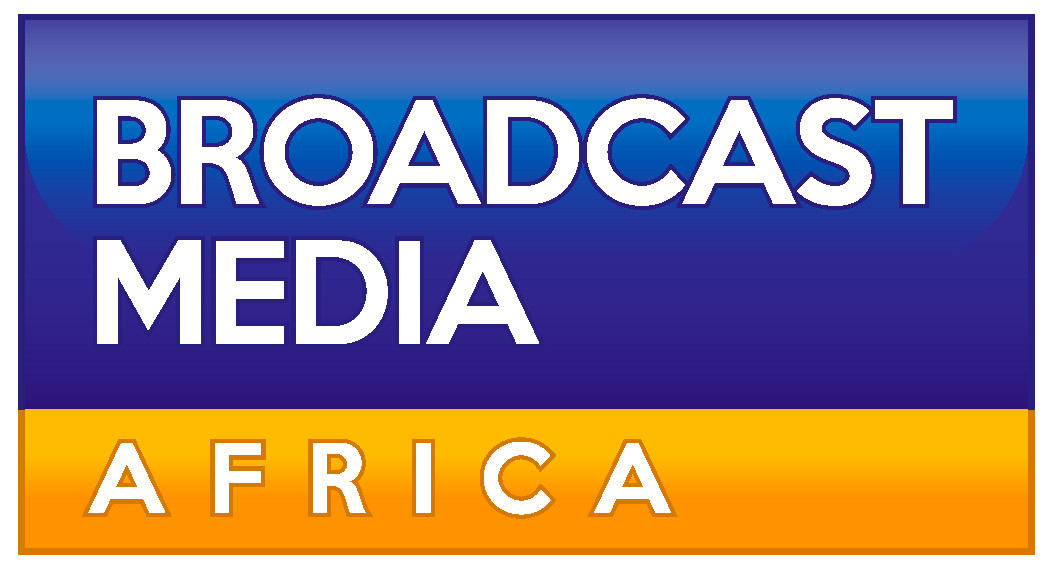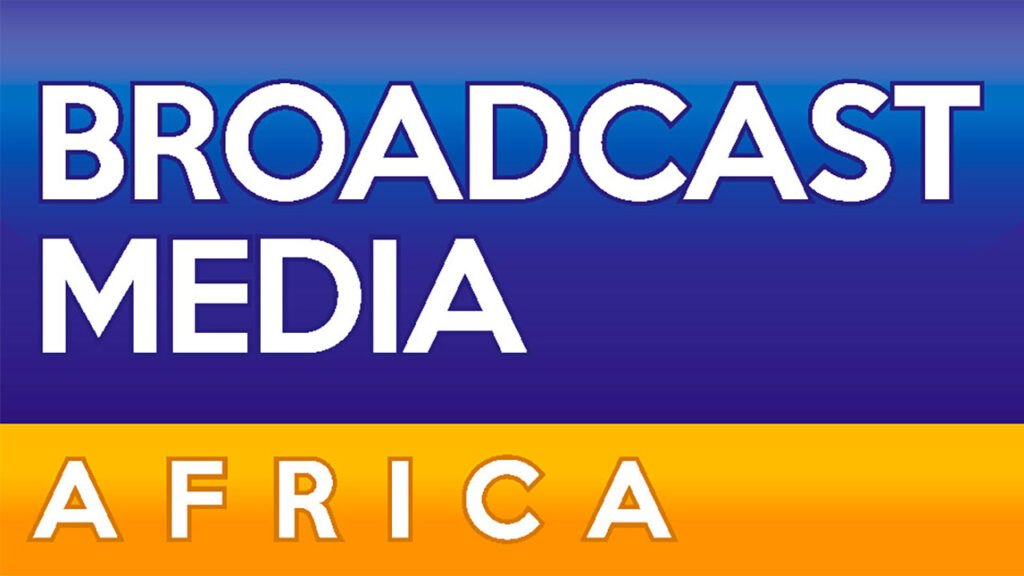

The proposed one-year extension to South Africa’s analogue TV switch-off is projected to cost the country between US$4.9 million and US$9 million.
eMedia, a key proponent of extending the deadline, has stated it will not assist with these costs. The Department of Communications and Digital Technologies (DCDT) disclosed that maintaining simultaneous digital and analogue TV signals has cost South Africa approximately US$67 million over the last ten years. Notably, funding for this dual illumination—essential for the 2024/25 financial year—has not been allocated.
eMedia articulated that the responsibility for financing dual illumination is primarily on the government, not broadcasters. Regarding potential costs for 2024/25, the DCDT and USAASA have asked the National Treasury to reassign US$67 million from USAF funds to address the financial shortfall for that fiscal year.
Currently, the analogue TV switch-off deadline is set for 31 December 2024. Still, numerous stakeholders, including free-to-air broadcasters like the South African Broadcasting Corporation (SABC), E-tv, and various community broadcasters, are lobbying for either an extension or complete elimination of the deadline. They contend that switching off analogue signals prematurely may lead to a decline in viewership, adversely affecting their revenues. Many households still need the essential set-top boxes (STBs) required to access digital TV, and these viewers will be left without television once analogue transmissions cease.
In a recent Portfolio Committee on Communications and Digital Technologies session, the SABC requested the deadline be extended to the end of 2025. Although eMedia supports the idea of extending the timeline, it argues that a 12-month extension is inadequate to transition all remaining analogue households.
eMedia stated, “We do not believe that even a 12-month extension is long enough to facilitate the migration of the remaining analogue viewers.” South Africa plans to deactivate 195 analogue transmitters by the deadline, having already switched off 21.
The DCDT has highlighted the difficulties associated with STB distribution ahead of the deadline, noting that approximately 469,000 households are yet to receive their devices due to issues such as missing information or incomplete addresses. “Data integrity problems have hindered the rate of decoder installations necessary to meet the 90% threshold required for broadcaster authorisation,” the DCDT explained.
In July 2024, eMedia’s CEO, Khalik Sherrif, characterised digital terrestrial television (DTT) as having fallen short in South Africa, stating that approximately four million households are at risk of being left without service.
He said, “As a business, we recognise that analogue broadcasting must eventually be phased out, and we believe it should happen as soon as possible.” Still, he stressed that over four million households rely on analogue broadcasts. “Some of these households will need government support, while others may migrate to digital on their own,” he mentioned.
Sherrif acknowledged that eMedia does not foresee completing the migration of all households before the switch-off but urged the government to reduce the figure to one million households before proceeding.
“Our stance is straightforward: once we successfully transition these viewers, we will consent to the switch-off. It is in our best interest as a business reliant on this market,” he stated. “These viewers are integral to our service. They are our customers, the audience that sustains our operations.”
He emphasised the need for both the broadcaster and the state to consider these viewers seriously, adding that eMedia has proactively switched off several sites serving fewer than 5,000 households due to their lack of economic viability.










